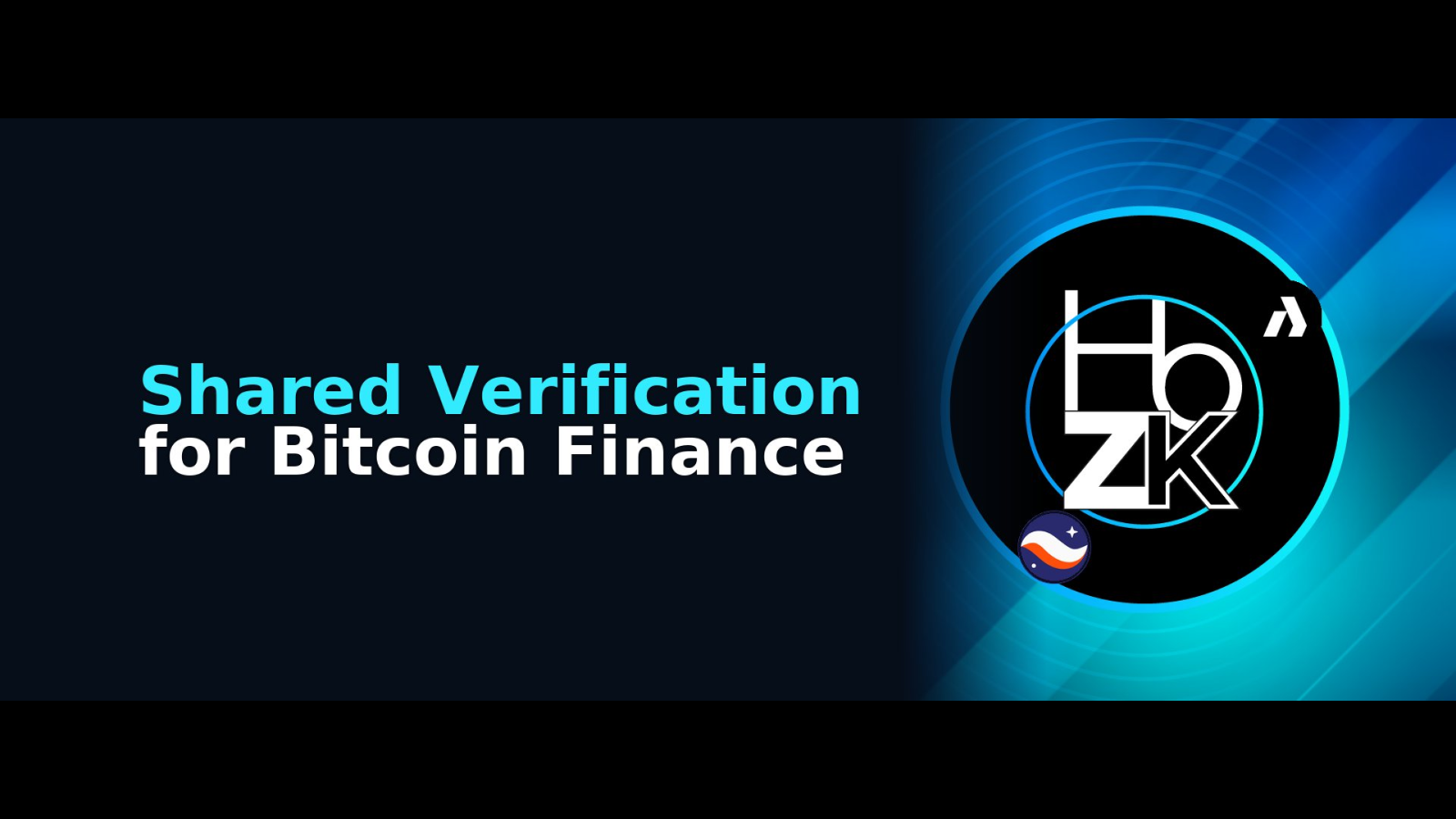
Bitcoin finance does not need more bridges. It needs shared verification primitives that define how BTC enters, moves through, and exits programmable systems without surrendering self-custody. The recently announced @Starknet x @AlpenLabs collaboration to develop a Glock-based verifier on Bitcoin - funded as a public good and intended for multiple systems - shifts the baseline from project-specific deposit paths to common rails, meaning that liquidity, UX, and risk management can improve together across the ecosystem.
For the last decade, Bitcoin users faced a persistent trade-off. To access trading, borrowing, or payments, they left self-custody for centralized venues or exported value to wrapped assets on other chains. Both routes introduce bridge risk, inconsistent withdrawal semantics, and liquidity fragmentation. At Bitcoin’s scale, this is not a sustainable foundation for a financial system. The cost is measured in duplicated audits, incident response overhead, and institutional hesitation. A shared verifier aims to reverse this dynamic by standardizing custody transitions at the layer that matters: Bitcoin.
What is new here is a commitment to a neutral verifier, funded for development and audit, that multiple systems can target. Starknet’s integration of Alpen’s Glock-based verifier for BTC deposits acknowledges that verification is the coordination layer and Alpen will use the same primitive for its own EVM-compatible chain. Other teams are encouraged to adopt it rather than re-implementing bespoke verification logic. The result is a focal point for scrutiny and reuse, rather than a proliferation of slightly different, lightly tested paths for BTC to cross trust boundaries.
At a high level, Glock (“garbled lock”) enforces release conditions for BTC on L1 while offloading complex checks off-chain. The Bitcoin chain sees a minimal, verifiable artifact and a deterministic policy for when funds unlock. The heavy computation, state transitions, or proofs run off-chain; the lock on Bitcoin opens only when predefined constraints are satisfied. The goal is to keep the on-chain footprint small and predictable, preserve self-custody semantics, and reduce verification cost without diluting security assumptions.
Interoperability is the direct consequence of standardizing deposit and exit semantics. If Starknet’s BTC path and Alpen’s BTC path terminate at the same verifier with the same policy surface, applications can compose without inventing new bridge adapters for each pairwise combination. Assets and state transitions move along known routes, which simplifies wallet integration and reduces the number of bespoke edges that users and institutions must understand. The effect, if adopted widely, is fewer wrappers, clearer guarantees, and better price discovery on BTC-denominated markets that remain within Bitcoin’s security envelope.
For developers, a shared verifier lowers integration cost. Instead of owning a one-off L1 verification code path, teams implement to a known interface and reuse reference clients, test vectors, and audit artifacts. The audit burden shifts toward application logic and execution correctness rather than re-establishing baseline custody transitions. Portability improves as well. If the deposit semantics are fixed at the verifier, an application can multi-home across Starknet-BTC, Alpen, and future systems without rewriting its L1 integration.
For users, the value is straightforward. Self-custody is preserved by construction because the lock that controls BTC is enforced by Bitcoin rules and a transparent verifier policy, not by a custodial intermediary. Exit behavior is consistent across participating systems, which reduces uncertainty in stress scenarios. Wrappers become optional rather than mandatory, which lowers the cognitive and operational load of moving value.
For institutions, standard rails are a prerequisite for scaled participation. A single, audited verifier with clear operational controls is easier to underwrite than a collection of heterogeneous bridges. Custody workflows can be designed once around predictable L1 settlement paths and applied across multiple destinations. Risk and compliance teams can review a stable artifact rather than chasing moving targets, and incident response becomes a shared exercise around a common component.
This initiative introduces @Strata_BTC as the orchestration layer for verification on Bitcoin. In practice, participating systems generate the necessary artifacts from their own execution stacks, Strata coordinates the submission and verification flow to the Glock verifier on L1, and results map back to standardized deposit and exit semantics. The important property is the architectural separation: systems remain free to innovate off-chain while converging on a common on-chain control surface.
A shared, audited Glock verifier - operated as a public good and orchestrated so multiple systems can rely on it - offers a path out of the current fragmentation without creating new custodial choke points. If the community hardens this layer, Bitcoin L2s can converge on native, self-custodial utility with fewer bridges, fewer wrappers, and clearer guarantees. This is the correct way to build.
Ecosystem participation will determine whether this becomes a de facto standard or a well-engineered niche. Wallets, exchanges, and additional Bitcoin L2s adopting the same verifier will be the telling points.
Visit hozk.io for more ZK-related news and educational content.
ZK Industry Leaders - Series One can be found here: Link